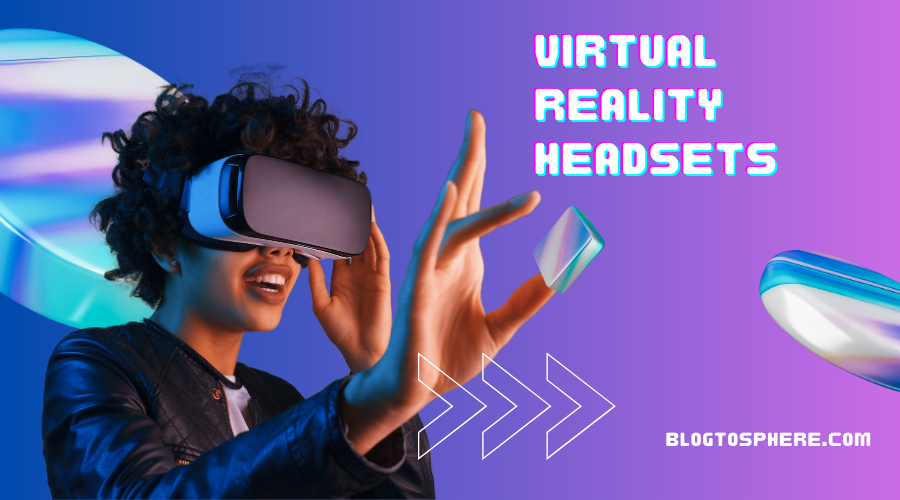Virtual reality headsets have revolutionized the way we interact with digital content, allowing us to explore virtual worlds and experiences like never before. From gaming to education, these cutting-edge devices have garnered significant attention and continue to push the boundaries of what is possible. In this article, we delve into the world of virtual reality headsets, exploring their features, benefits, and the impact they have on various industries.
What are Virtual Reality Headsets?
Virtual reality headsets, often referred to as VR headsets, are wearable devices that transport users into simulated environments. By combining high-resolution displays, motion tracking sensors, and immersive audio, these headsets create a 3D, interactive experience that mimics real-world environments or fantasy realms.
Key Features and Components
- Display: Virtual reality headsets feature high-resolution displays, typically OLED or LCD panels, to provide a sharp and realistic visual experience. These displays are divided into two sections, one for each eye, to create a stereoscopic effect.
- Motion Tracking: Built-in sensors and cameras track the movements of the user’s head and body, allowing them to explore and interact with the virtual environment. This tracking technology ensures that the user’s perspective matches their movements, enhancing the sense of immersion.
- Audio: Immersive audio plays a crucial role in creating a realistic virtual experience. Many VR headsets incorporate built-in headphones or offer compatibility with external audio devices, delivering spatial sound that adds depth and directionality to the virtual world.
- Controllers: Most virtual reality headsets come with handheld controllers that enable users to interact with objects and navigate within the virtual space. These controllers often feature motion tracking, haptic feedback, and intuitive button layouts, enhancing the sense of presence and control.
Benefits and Applications
- Gaming: Virtual reality has transformed the gaming industry, providing gamers with an unprecedented level of immersion. VR headsets enable players to step into the shoes of their favorite characters, explore vast virtual worlds, and experience intense gameplay like never before.
- Education and Training: Virtual reality headsets have immense potential in the field of education and training. They allow students to engage in interactive learning experiences, such as virtual field trips, anatomy simulations, or historical reenactments. In professional training, VR can simulate realistic scenarios, enhancing skills development in areas like healthcare, aviation, and engineering.
- Entertainment and Media: VR headsets offer new avenues for entertainment and media consumption. From virtual concerts and immersive theater experiences to 360-degree videos and virtual tours, users can engage with content in a more engaging and immersive manner.
- Therapy and Rehabilitation: Virtual reality has shown promising results in therapeutic and rehabilitative settings. VR headsets can create simulated environments to help individuals overcome phobias, manage pain, or regain motor skills after an injury.
- Architectural Design and Real Estate: Virtual reality allows architects and real estate developers to create virtual walkthroughs of their designs or properties. This enables clients to explore and experience spaces before they are built, aiding in decision-making and enhancing visualization.
In conclusion, virtual reality headsets have opened up a new dimension of immersive experiences. With their advanced features and applications across various industries, they continue to push the boundaries of what is possible in the digital realm. Whether you’re a gamer, student, professional, or simply seeking new forms of entertainment, virtual reality headsets offer an exciting gateway into a world of limitless possibilities.

